From throwing rice to exchanging rings, there are many wedding traditions that have roots dating back hundreds (even thousands) of years. The origins and significance behind many of these practices have stood the test of time, and will continue to do so for generations.
In this guide, we are going to uncover the meaning behind some of the most cherished wedding customs.
So, pour yourself a glass of wine and let’s take a step back in history!
Throwing Rice: Showering Blessings of Fertility
Originating from ancient cultures, the tradition of throwing rice symbolizes fertility and prosperity. As the newlyweds exit the ceremony, rice is tossed to wish them a fruitful and abundant life together. In some cultures, this practice has evolved into using birdseed or confetti as an eco-friendly alternative.
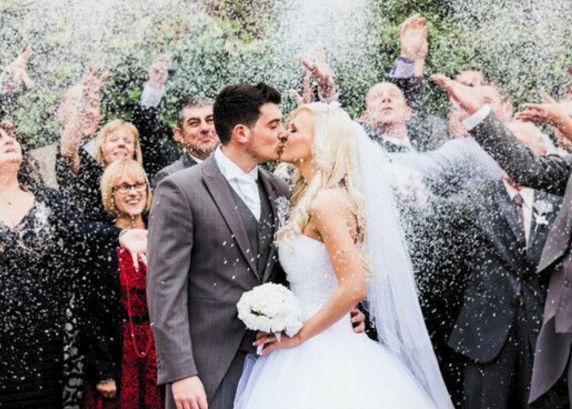
Something Old, Something New: Bridging Past and Future
This age-old rhyme encapsulates a charming tradition where brides incorporate “something old, something new, something borrowed, something blue” into their attire. Each element symbolizes different aspects of the bride’s journey, from honoring the past to embracing the future. This custom originated in Victorian England and has since become a beloved part of weddings worldwide.
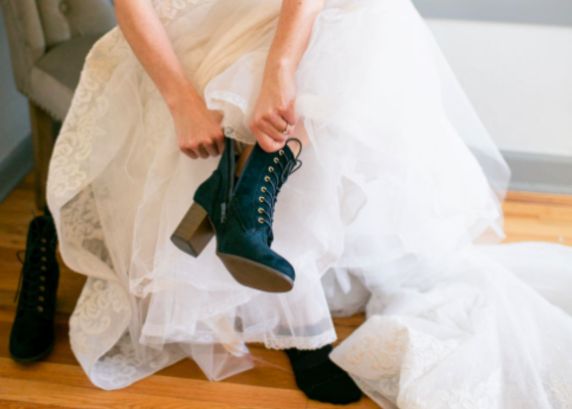
Exchanging Rings: A Circle of Endless Love
The tradition of exchanging rings dates back to ancient Egypt and Rome, where the circle symbolized eternity. Today, wedding rings are worn on the fourth finger of the left hand because of the belief that the vein in this finger, the “vena amoris” or vein of love, connects directly to the heart.
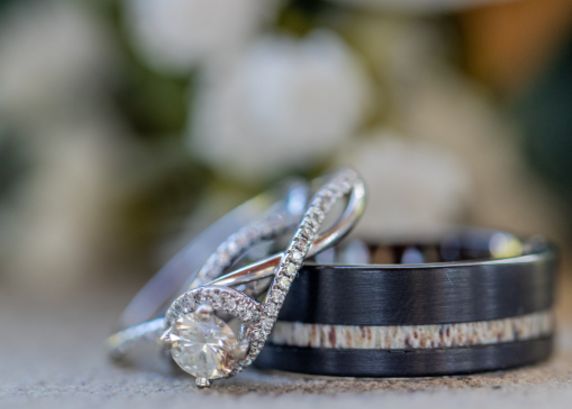
Carrying the Bride Over the Threshold: Protection Against Evil Spirits
The act of carrying the bride over the threshold has roots in medieval Europe. It was believed that evil spirits lurked at the entrance of the home, and carrying the bride ensured that she would not trip and fall, protecting her from any malevolent forces.

Tying the Knot: An Ancient Celtic Tradition
The phrase “tying the knot” finds its origins in Celtic handfasting ceremonies. In this tradition, the couple’s hands are bound together with cords or ribbons, symbolizing the unity and commitment of marriage. While handfasting is still practiced in some modern weddings, the phrase has become a symbolic expression for marriage itself.
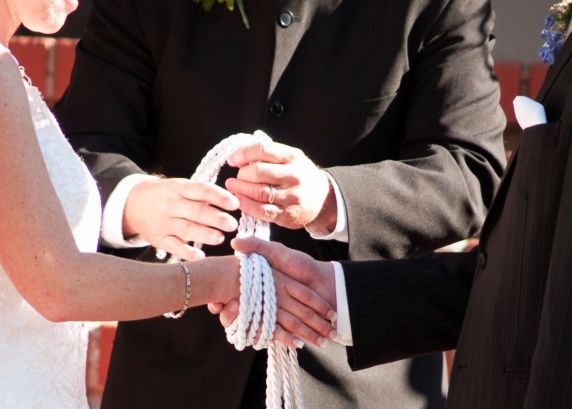
Unity Candle Ceremony: Merging Two Lives into One Flame
The Unity Candle Ceremony is a relatively modern tradition where the bride and groom each light a candle and then use their individual flames to together light a larger, central candle. This ritual symbolizes the merging of two lives into one.

The First Dance: A Symbol of Partnership and Togetherness
The first dance between newlyweds dates back to the royal courts of medieval Europe, where the first dance marked the couple’s public debut as a married pair.
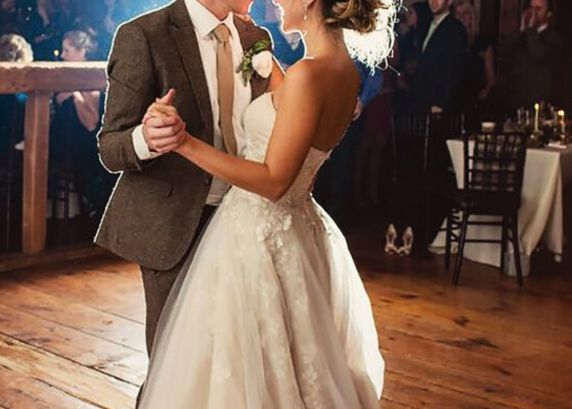
Tossing the Bouquet: Sharing the Luck of the Bride
Originating in medieval Europe, the tradition of tossing the bouquet evolved from guests attempting to claim a piece of the bride’s gown or flowers for good luck. To distract the crowd, brides began throwing their bouquets, and the one who caught it was believed to receive the next bit of good fortune.

The Garter Toss: A Playful Evolution
Rooted in medieval England, the garter toss tradition began as a superstition for good luck. Originally a distraction to prevent guests from claiming pieces of the bride’s attire, the modern garter toss is a lighthearted moment where the groom playfully removes and tosses the garter, symbolizing good fortune and adding a touch of fun to the celebration.
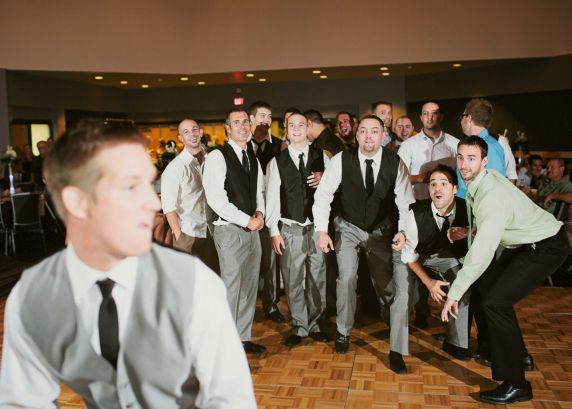
White Wedding Dress: Symbol of Purity and New Beginnings
The tradition of a bride wearing a white wedding dress is rooted in the symbolism of purity and a fresh start. White represents the bride’s innocence, virtue, and the beginning of a new chapter in her life, creating a timeless and meaningful tradition that transcends cultures and generations.

Father of the Bride Escort: An Act of Support and Tradition
The father walking the bride down the aisle dates back centuries and symbolizes the father’s support, protection, and blessing as he accompanies his daughter on one of the most significant journeys of her life.

Wedding traditions, no matter how seemingly outdated, will resonate through the centuries. While they may not be for you, it is helpful to know the origination of each one while you are designing your day, and just maybe, learning that history will change your mind on incorporating some of these age-old customs.
Remember, the Bella Vie Team is here for you for every need you have, including those you haven’t thought of yet!
Helping you to understand the meaning behind each part of your celebration is just the beginning of the many things we can do for you.
Always, always feel free to reach out to us for tips and advice, no strings attached! We will be happy to point you in the right direction.
Until next time,
Ciao, Bellas!
